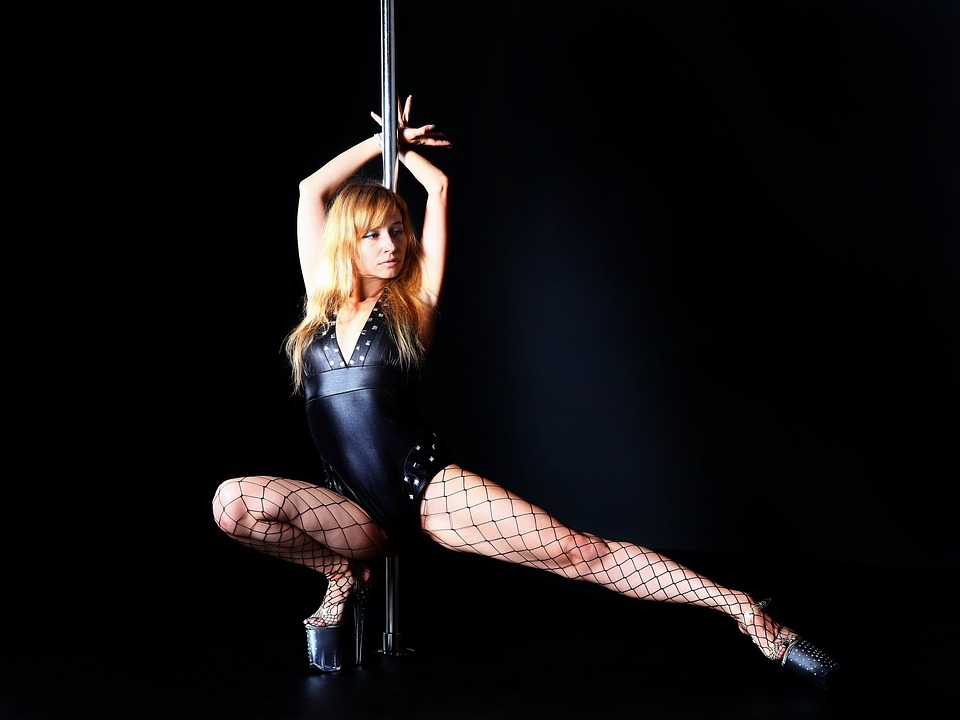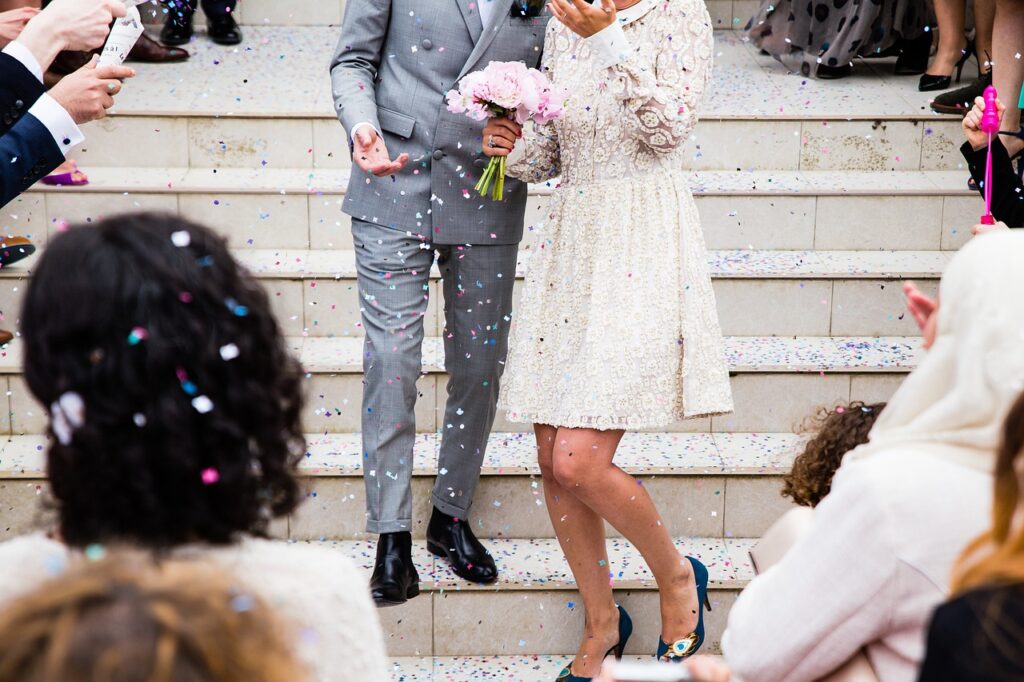
Summary
Sufi dance: emotions and traditions at the heart of spirituality
Curious to discover a dance that combines mysticism and well-being? Sufi dance, practised by whirling dervishes, is much more than a show. It's an invitation to a deep connection between body and spirit, rooted in centuries of spiritual tradition.
This practice, inherited from Sufism, transforms every movement into meditation and every rotation into an inner quest. Whether in France or abroad, its unique approach to spirituality is sure to win you over.
Want to find out more about its origins, symbolism and benefits? This article tells you everything you need to know about this unique experience.
Summary
Introduction to Sufi dance
Mysterious and bewitching, Sufi dance has intrigued and fascinated for centuries. Practised mainly by whirling dervishes, this spiritual dance has its roots in the teachings of Sufism, a mystical branch of Islam. It is more than just aesthetic movements; it is an inner journey, a meditation in movement where each rotation brings the dancer a little closer to spiritual ecstasy.
But where does this very special dance come from? How did it develop into a sacred art form, a path to the elevation of the soul? And above all, how can it still touch our modern lives today, as a way of calming our minds and exploring our spirituality? Whether you're curious, passionate about dance, or looking for a new meditative practice, this article invites you to discover Sufi dance in all its facets.
Originating in the lands of the former Ottoman Empire, but accessible to the four corners of the globe, this practice could well transform the way you look at dance - and perhaps even the way you live your spirituality.
The origins of Sufi dance
Sufi dance, also known as the Sama or whirling dervish dance, has its origins in the teachings of Sufism, a mystical branch of Islam that seeks spiritual union with the divine. This ancient tradition is said to have originated in the XIIIᵉ century thanks to Jalal al-Din Rumi, a Persian poet and mystic whose writings celebrate universal love and the inner quest. Inspired by music and poetry, Rumi taught that spiritual ecstasy could be achieved through dance, with each spinning movement representing a passage between the material world and the divine.
The symbolism of this dance is powerful: the dervishes, dressed in their long white tunics, turn in a spiral, a gesture symbolising the abandonment of the ego. With the right hand stretched towards the sky and the left turned towards the earth, the dancer embodies the role of channel between the celestial and terrestrial worlds, linking the human being to the infinite.
Over the centuries, Sufi dance has spread far beyond the lands of Persia and the Ottoman Empire. It has become a universally recognised ritual, a spiritual art admired for its uniqueness and its ability to awaken inner peace. Through the ages, this dance continues to carry messages of tolerance, love and peace - timeless values that still resonate deeply in our modern societies.
Sufi dance practice
The practice of Sufi dance, also known as Samais much more than a simple sequence of movements: it is a sacred ritual combining music, song and meditation. The dance begins quietly, with the dervishes - dressed in their traditional garb, a long white robe symbolising purity - concentrating in silence. As soon as the instruments sound, each dancer begins slow, continuous rotations, arms outstretched to receive the divine energy and transmit it to the earth.
The ritual follows a very precise order. The dancers perform four rotational sequences, each representing a higher state of consciousness. During the first phase, they detach themselves from their ego, symbolising the beginning of their spiritual journey. In the following phases, the movements intensify, and the dervish reaches a deep meditative state, until he or she feels a sense of unity with the universe.
The musical accompaniment, essential to the ritual, includes traditional instruments such as the ney (a reed flute) and the daf (a drum), bringing emotional depth to each step. Through this dance, Sufis seek a state of spiritual trance, a suspended moment when body and mind merge in perfect harmony, creating an experience of peace and serenity.
The Sufi dance ritual
The Sufi dance ritual, also known as the Samais a spiritual ceremony in which every gesture and sound carries a profound meaning. Before beginning, the dancers enter a state of meditation, freeing themselves from their earthly thoughts to prepare for the encounter with the divine. As they begin to turn, their right arm rises towards the sky, capturing celestial energy, while their left arm points towards the earth, redirecting this energy towards the world. This sacred gesture creates a perfect balance between man and the universe, with each rotation representing a prayer in motion.
Traditional dress
The outfits of the whirling dervishes are powerful symbols in their own right. The long white dress, called tennureIt represents the death of the ego and the purity of the soul in search of light. On their heads, the dancers wear the sikkeThe dervish wears a cylindrical felt hat, symbolising the tombstone of their attachment to the material world. Before dancing, the dervish also wears a black cloak, which he removes to show his willingness to abandon his ego and enter fully into the ritual.
Musical instruments
Music plays an essential role in the Sama ritual. The dervishes dance to the sound of neya reed flute whose melancholy notes symbolise the divine breath, and the dafa large, resonant drum that anchors the pace dance. These instruments, accompanied by the oud (stringed instrument) and kanoun (zither), create an enchanting atmosphere conducive to spiritual uplift. The music guides the dancers, each note bringing them closer to communion with the divine.
Movements
The dervishes' movements are both simple and graceful. Turning on themselves, the dancers alternate between slow rotations and faster ones, reaching a state of trance. Each rotation is a prayer, an act of detachment from the material world. Raising their arms, they become a channel between earth and sky, and each movement becomes an invitation to open up to the universe, leaving behind all individuality to become one with the infinite.
The different styles of Sufi dance
Over the centuries, several Sufi dance styles have emerged, each with its own unique rituals and traditions. Among them, the Sama Mevlevi and the Bektashi dervishes are the best known, each offering a distinct approach to this spiritual quest.
Sama Mevlevi
THE Sama Mevlevipractised by the whirling dervishes of the Mevlevi order, founded by disciples of Rumi, is without doubt the most famous. This style is a tribute to the Persian poet and mystic, and follows a highly codified structure. Mevlevi dervishes dance in circles, their precise, graceful movements symbolising the dissolution of the ego. This style is practised mainly in Turkey, where it attracts large numbers of curious onlookers and pilgrims every year.
The Bektashi dervishes
THE Bektashi dervishesThe Sufis, on the other hand, belong to a Sufi order distinguished by its simplicity and spiritual openness. Their dance practice is less codified and sometimes more contemplative, incorporating chanting and silent prayer. Bektashi dance is often seen as a dance of the soul, enabling people to reconnect with their own inner essence without the constraints of a formal ritual. Originally from Anatolia, the Bektashi dervishes embody a form of spirituality that is both accessible and intimate, inspiring many followers around the world.
Where can you practice Sufi dance?
Whether you're a novice or already captivated by the depths of Sufi dance, a number of places around the world offer opportunities to experience or deepen this spiritual practice. Whether in France, where Sufi dance is taught in specialised centres, or in the land of its origins abroad, there are places where you can meet and take part in courses to help you live this mystical experience to the full.
In France
Micadanses with Rana Gorgani
In Paris, the Micadanses offers Sufi dance workshops led by Rana GorganiRana Gorgani is a Sufi dancer renowned for her teaching skills and spiritual approach. A Frenchwoman of Iranian origin, Rana Gorgani is one of the few women to transmit this traditional art to Western audiences. Her workshops enable participants to discover the fundamentals of Sufi dance while exploring its meditative potential. With her, participants learn not only the movements, but also the philosophy and symbolism behind them, so that each rotation becomes a moment of communion with the divine.
Regular workshops and courses
In addition to Micadanses, a number of other cultural centres in France organise regular workshops and courses dedicated to Sufi dance. These events, which are often open to all, offer an introduction to spinning techniques, breath management and meditation in movement. They are led by passionate teachers who seek to transmit the spiritual essence of this practice, in a caring and open environment. These workshops are also an opportunity to meet other practitioners and share a moment of peace and serenity.
Abroad
Turkey
Turkey, in particular the city of Konyais considered to be the spiritual heart of Sufi dance. It is here, in Rumi's mausoleum, that every year thousands of pilgrims and curious onlookers come to witness the ceremonies of the Mevlevi dervishes. The cultural centres of Konya and Istanbul offer courses and immersion programmes enabling visitors to discover the practice of Sufi dance in an authentic way. Here, in a setting imbued with spirituality, participants can learn Sama in the purest Mevlevi tradition.
Iran and Egypt
In IranAs the historic cradle of Sufism, several schools and cultural centres continue to transmit this mystical art. Although the public practice of Sufi dance is sometimes restricted, there are private circles where this tradition is passed on in an intimate and respectful setting. These places allow enthusiasts to discover the dance in its most mystical form, as close as possible to its original essence.
In EgyptSufi dance takes a slightly different form, called Tannoura. Performed mainly at festivals and cultural events, Tannoura dance is colourful and expressive, incorporating elements of Egyptian culture while remaining faithful to the principles of Sufism. Courses and performances are organised in Cairo, giving visitors the chance to discover this vibrant version of Sufi dance and to immerse themselves in the unique atmosphere of Egyptian rituals.
The benefits of Sufi dance
Beyond its captivating aesthetics and spiritual depth, Sufi dance has many benefits, both physical and spiritual. Each rotation, each breath, each moment of active meditation contributes to enriching the practitioner, offering a unique experience of well-being that nourishes body and mind.
On a physical level
Sufi dance, with its repeated rotations, calls on numerous muscle groups and naturally improves balance. The rotation helps to work the stabilising muscles and refine coordination, while the regularity of the movements helps to build endurance. What's more, this practice encourages deep, rhythmic breathing, promoting better oxygenation of the body, which helps to reduce tension and stimulate the metabolism.
By circling around yourself, you also learn to manage space and your own body in movement, developing greater body awareness. Over the course of the sessions, practitioners often experience an improvement in their flexibility and a feeling of physical lightness. In this way, Sufi dance becomes a gentle form of training, combining physical exercise and active meditation.
On a spiritual level
On a spiritual level, Sufi dance is above all an inner quest. By detaching themselves from material concerns and immersing themselves in the rotations, the dancer enters an intense meditative state, conducive to introspection and the elevation of consciousness. Each turn becomes a silent prayer, an invitation to leave the ego behind and open up to the divine, to the universe.
Regular Sufi dance practice also helps to find inner peace. The repetitive movements and rhythm of the music induce a state of trance that encourages letting go, calming the mind and reducing stress. For many, this dance becomes a place to recharge their batteries, a privileged moment to reconnect with oneself and rediscover spiritual balance. In short, Sufi dance is a gateway to accessible spirituality, a way of refocusing, calming the mind and cultivating a feeling of serenity that lasts well beyond the session.
Conclusion
By combining tradition and spirituality, Sufi dance invites deep self-exploration. Through its movements and meditative rhythm, it offers a space for cultivating physical balance and inner serenity. Practised in France and abroad, Sufi dance appeals to those in search of meaning and reconnection.
Each stage of this dance brings you closer to a unique and inspiring experience. From regular workshops to sacred ceremonies, it opens you up to practices and a community centred on peace and harmony.
Discover dance the DECIBEL way®
Dive into the world of dance revisited with DECIBEL®! Ready to work up a sweat? For 45 minutes, you'll combine cardio and muscle toning to lively choreography.
Tone up your abs and glutes under the dim lights of the studio, all to exclusive playlists ranging from Daft Punk to Beyoncé. There's no judgement here, just fun and guaranteed progress! Our passionate coaches are there to answer all your questions and guide you.
So, are you ready to get into the swing of things?
Read also
follow us
on instagram
Follow our news,
take advantage of our tutorials and participate to our
contests!
BREAKING NEWS!
Receive our newsletter.






